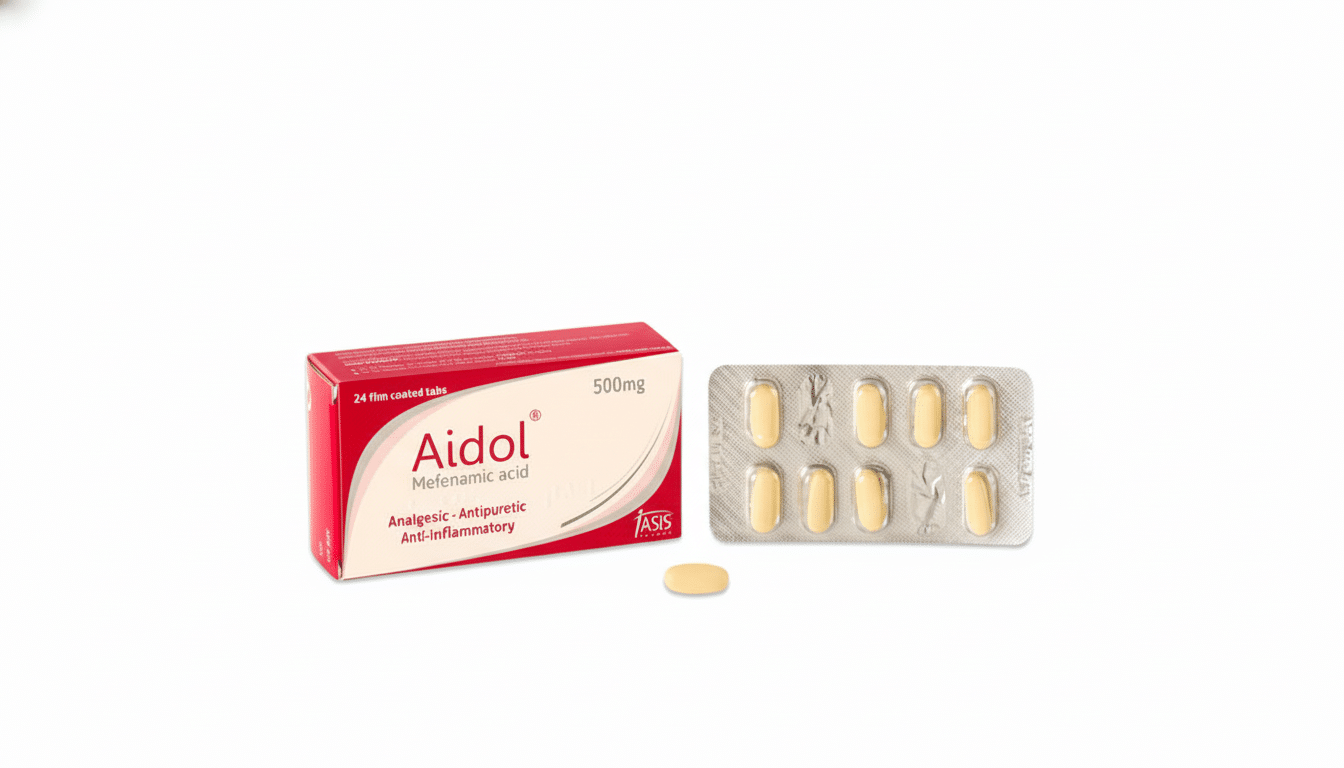Russia’s first public demo of its Aidol humanoid turned into an immediate meme when the robot entered the stage at a Moscow tech conference, moved a few feet, and crumpled into a face-plant. Within seconds, it was snatched by handlers behind a curtain. No apology tour for Aidol’s CEO — he labeled the flop a milestone, saying it was good “real-time training” and the first wave of a rollout that will lead to a better next version.
Inside the onstage tumble during Russia’s first robot demo
Video footage appears to show the biped stagger, advance about five feet forward, and then tumble forward while being hauled off by staff. Pro-Ukrainian accounts on X helped the stumble spread, spinning a national debut into viral chum. The company line (which the chief executive reposted on LinkedIn) is that when things go wrong in ways that are visible to customers, learning happens faster in the field than it does from perfect lab demonstrations.
- Inside the onstage tumble during Russia’s first robot demo
- What Aidol says it can do, according to the company
- Why humanoid robots fall during public demonstrations
- A crowded, imperfect race to build useful humanoids
- The CEO’s spin and the strategy after the onstage fall
- What to watch next as Aidol moves beyond early stumbles

Indeed, the stakes were as much symbolic as technical. Aidol has been sold as Russia’s contribution to a worldwide race to create humanoids, dominated by well-funded firms in the US and Asia. The optics of a fall are hard to overcome, but falls happen all the time when freshly minted bipeds get out of controlled environments.
What Aidol says it can do, according to the company
In theory, Aidol takes on pragmatic and harmonious aspects.
The company claims the robot can work autonomously for six hours at a time, reach speeds of around 3.7 mph (6 km/h), and express 12 basic emotions with “hundreds” of micro-expressions. It’s shilling offline and online modes, integrations with third-party tools, and a desktop version — so, you know, instead of a head and face it has the torso part too; AKA: some glass-based half-cylinder which can swivel its seeable section about while maintaining conversation context.
Those claims seem like a mash-up of service robotics and human-robot interaction goals. The most challenging problems are seldom in rendering emotions so much as robust bipedal balance, manipulation under uncertainty, and safe human proxemics — the last being probably the biggest bane of any robot’s existence.
Why humanoid robots fall during public demonstrations
It is brutally hard to keep a two-legged robot upright in the wild. The control stack is required to guess the center-of-mass motion in advance of time, as well as adapt foot placement and accommodate minor surface changes — with no small amount of onboard compute, sensors that aren’t perfect, and actuators that are never exactly instantaneous. A tiny slip, a bad seam in one layer of stage floor, or a controller slightly mis-tuned to the venue can all add up to a sudden forward pitch.
History backs this up. The 23 teams that lined up saw robots fall at DARPA’s Robotics Challenge finals (on short notice). Although there were years to prepare, KAIST won with its DRC-Hubo. Even the slick presentations carry a legacy of scars: Boston Dynamics has posted blooper reels of Atlas wipeouts specifically to underscore how incremental and failure-laden legged locomotion can be.
A crowded, imperfect race to build useful humanoids
Humanoids everywhere are still prototypes balancing trade-offs throughout the industry. Figure AI has demonstrated household tasks like folding laundry and washing dishes, but its system is not yet ready for market. Norway’s 1X Technologies is selling the Neo robot for roughly $20,000, with human teleoperation still filling in when the robot stalls — an acknowledgment that remote assist remains a feasible bridge. Tesla has put on choreographed demonstrations of its Optimus hardware, but reporting from Business Insider has detailed moments where the company is remotely operating performances behind closed doors.

Zooming back, the International Federation of Robotics says annual installations of industrial robots exceeded 500,000 units in 2022, emphasizing that demand for automation remains robust. But humanoids are a minuscule, experimental slice of the service robotics market, where platforms on wheels still rule because they’re generally cheaper, safer, and simpler to deploy.
The CEO’s spin and the strategy after the onstage fall
Based in Dubai, Aidol’s CEO, Vladimir Vitukhin, embraced a fail-fast narrative: “the mistakes which led to success” are successful ones as long as you have learned something from it. In hardware, that’s more than just rhetoric. Public tests uncover edge cases that closed labs overlook — lighting, surface friction, RF noise, and even human unpredictability can stress a control system in ways simulations don’t.
The true measure of success will be whether the team converts the stumble into tangible progress: better state estimation, foot pressure sensing, ankle torque limits, and fall-recovery strategies that can kick in before a face-plant is inevitable.
It’s less about polish than publishing cadence, which tends to separate programs that compound learning from those chasing the next viral clip.
What to watch next as Aidol moves beyond early stumbles
When you are considering post-funding, try to find examples such as:
- Untethered walking over mixed terrain without spotters
- Mean time between falls increasing from demo to demo
- Manipulation benchmarks evolving from scripted to open-ended
- Safe human-robot interaction protocols
- Transparency in remote assist rates
We appreciate your feedback on this article. If Aidol’s desktop version takes off in customer trials, who knows? That could fund and inform biped development.
Aidol won’t rise or fall on the strength of one tumble. The question, then, is: Can the company turn its viral misstep into a scrappily documented engineering sprint and walk back on stage with a robot that walks back the jokes — in both senses of “back.”

